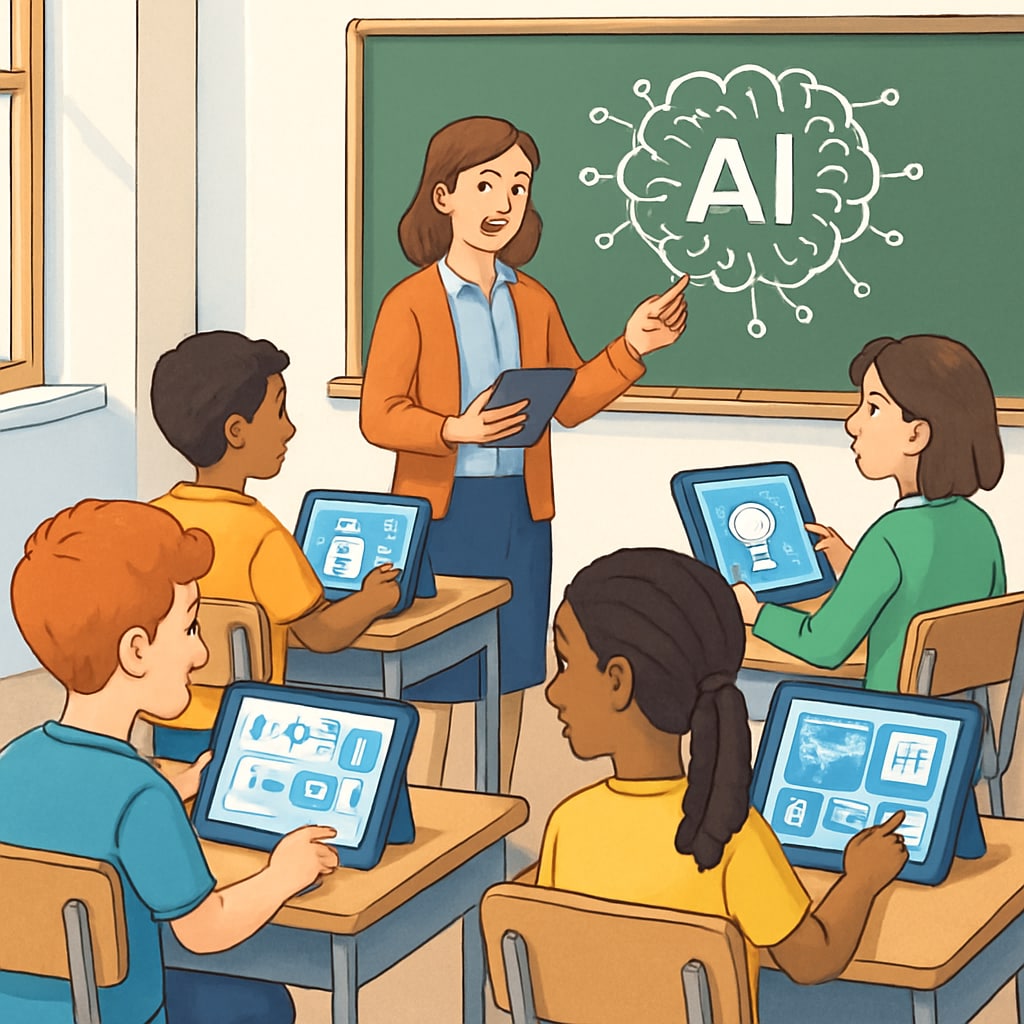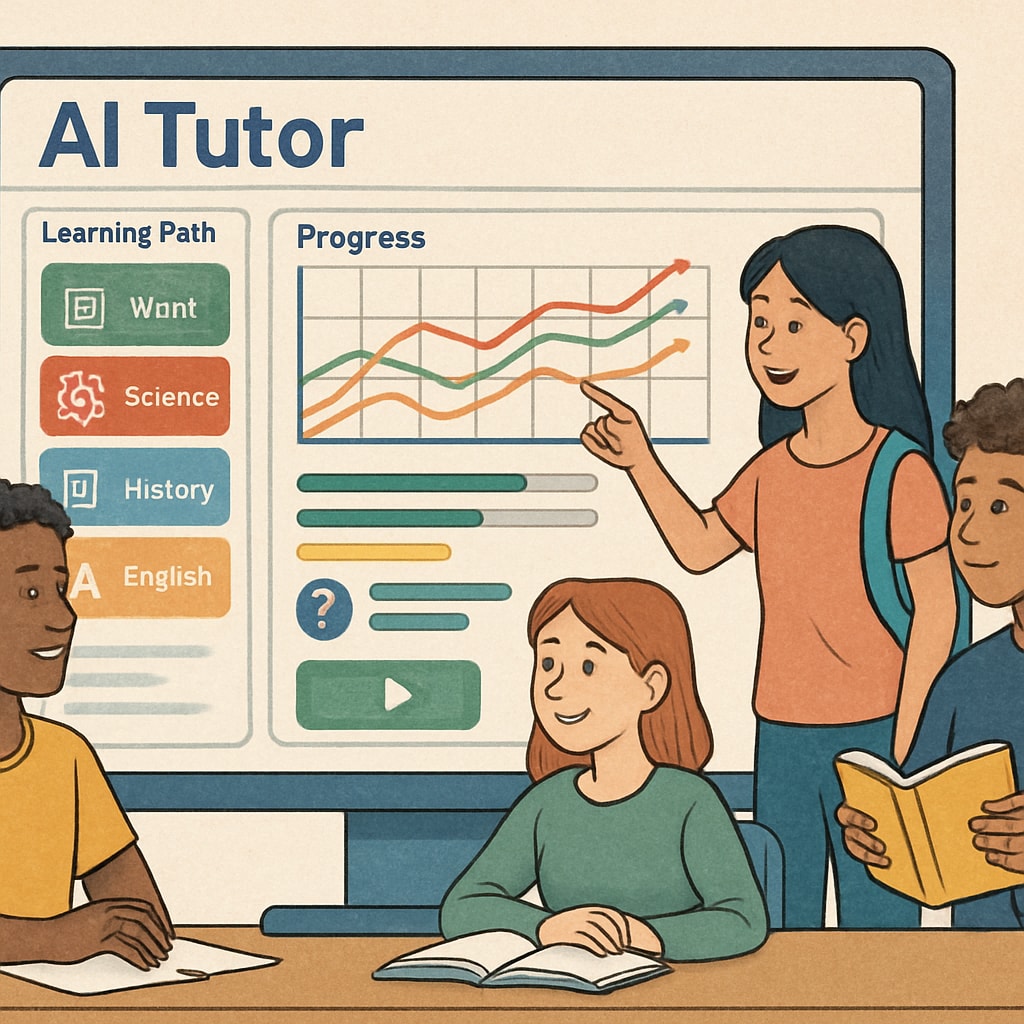Artificial intelligence (AI) is rapidly transforming education systems worldwide, marking a significant shift in education trends and education technology. From personalized learning tools to intelligent tutoring systems, AI is now a cornerstone of the K12 classroom, enhancing both teaching methods and student outcomes. As these technologies evolve, educators, students, and institutions must adapt to harness their full potential.
Why AI Is a Game-Changer for K12 Education
The integration of AI into K12 classrooms has introduced a level of personalization and efficiency previously unattainable. AI-powered platforms can analyze student performance data in real time, enabling educators to tailor lessons to individual learning styles and needs. For example, adaptive learning systems like Khan Academy use AI to adjust the difficulty of exercises based on a student’s progress, ensuring a balance between challenge and comprehension.
Moreover, AI can automate administrative tasks such as grading and attendance monitoring, freeing up valuable time for teachers to focus on interactive and creative teaching strategies. This dual benefit of personalization and efficiency underscores why AI is a game-changer in modern education.

Applications of AI in K12: From Theory to Practice
AI applications in education are no longer experimental; they are becoming mainstream. Below are some key areas where AI is making a tangible impact in K12 education:
- Personalized Learning: AI adapts content to suit individual student needs, ensuring that no one is left behind or under-challenged.
- Intelligent Tutoring Systems: Virtual tutors provide 24/7 assistance, offering explanations and guidance akin to a human teacher.
- Automated Assessments: AI tools can grade assignments, quizzes, and even essays, providing instant feedback.
- Language Learning: Platforms like Duolingo leverage AI to create engaging and effective language lessons.
- Behavioral Analysis: AI systems can monitor student engagement and flag potential issues, enabling timely intervention.
These applications not only enhance learning experiences but also prepare students for a future in which AI will play an integral role across industries.

Challenges and Opportunities in the AI-Education Revolution
While the benefits of AI in education are substantial, this technological transformation is not without challenges. One major concern is the digital divide, as not all schools have the resources to implement AI technologies. Additionally, there are questions about data privacy and the ethical use of student information, which must be addressed to build trust in these systems.
However, the opportunities far outweigh the challenges. By democratizing access to high-quality education, AI can bridge gaps in resource availability and ensure that every student, regardless of background, has the tools to succeed. Furthermore, as educators become more familiar with these tools, they can innovate their teaching methods, making classrooms more dynamic and engaging.
The Road Ahead: Preparing for an AI-Driven Educational Future
To adapt to this new era, educators and institutions must prioritize professional development and infrastructure upgrades. Training programs can equip teachers with the skills to effectively use AI tools, while investments in technology will ensure that schools are ready to integrate these systems seamlessly.
Students, too, must be prepared for an AI-driven world. Incorporating AI literacy into curriculums can help them understand and navigate the technologies that will shape their futures. For example, introducing coding and machine learning concepts at an early age can foster both technical skills and critical thinking.
Ultimately, the goal is not to replace educators with machines but to empower them. By leveraging AI, teachers can focus on what they do best: inspiring and guiding the next generation.
Readability guidance: This article uses concise paragraphs, clear transitions, and lists to enhance readability. The content is structured to maintain reader engagement while providing actionable insights.


